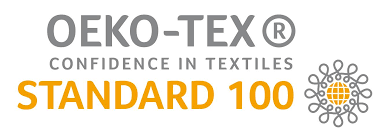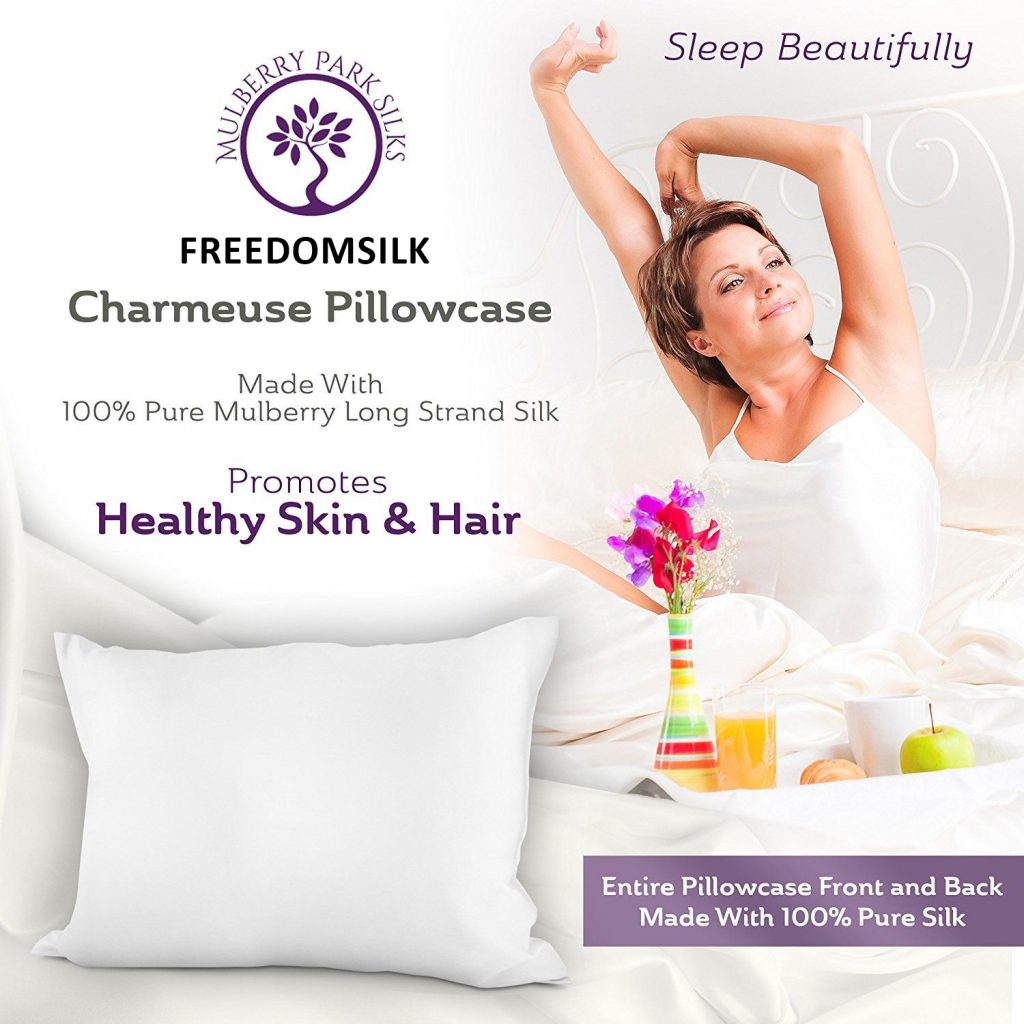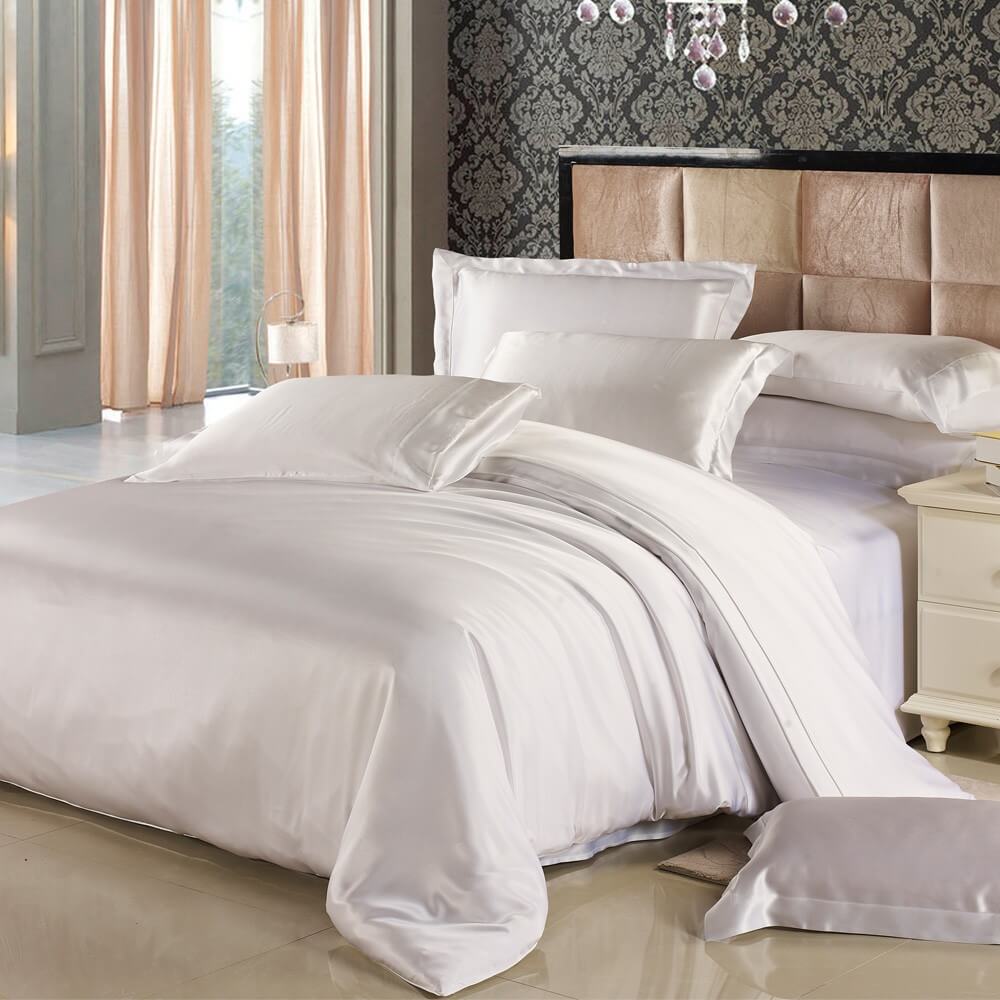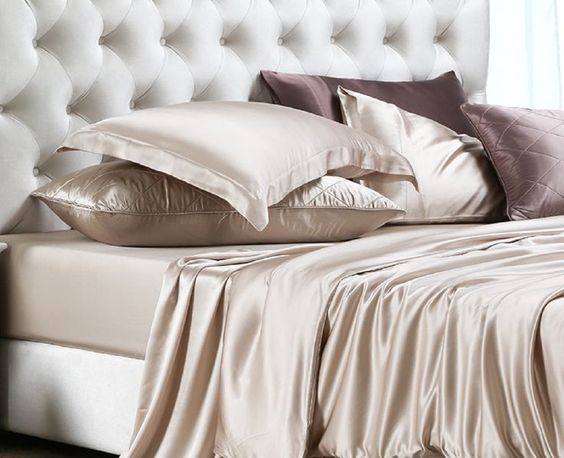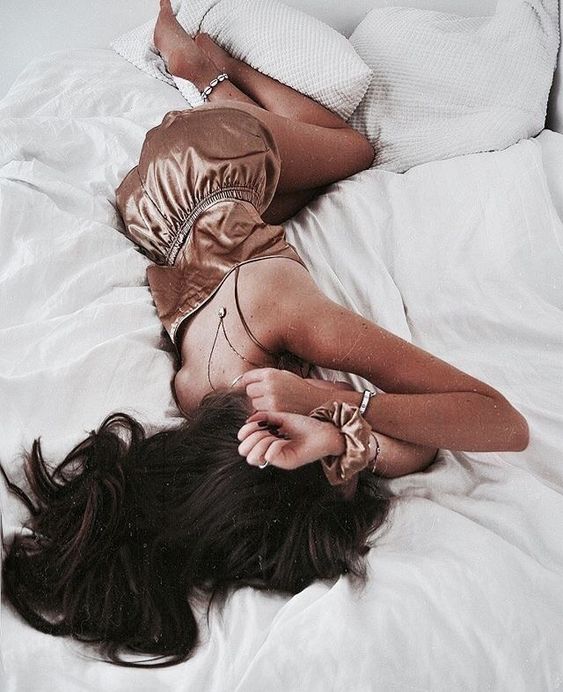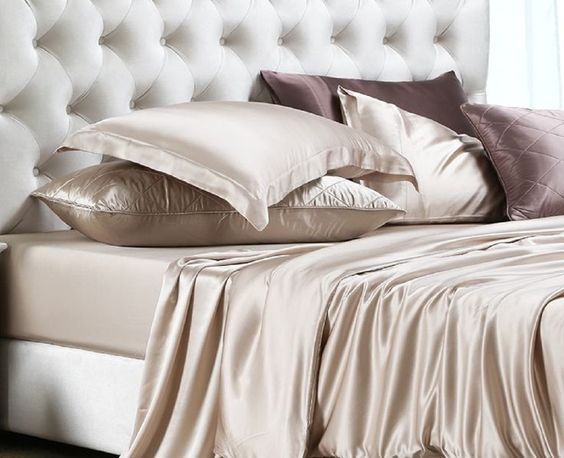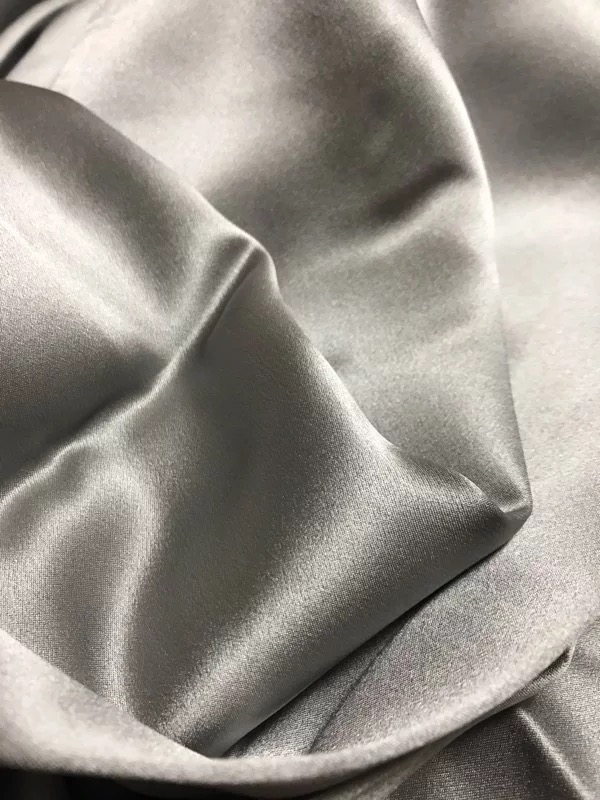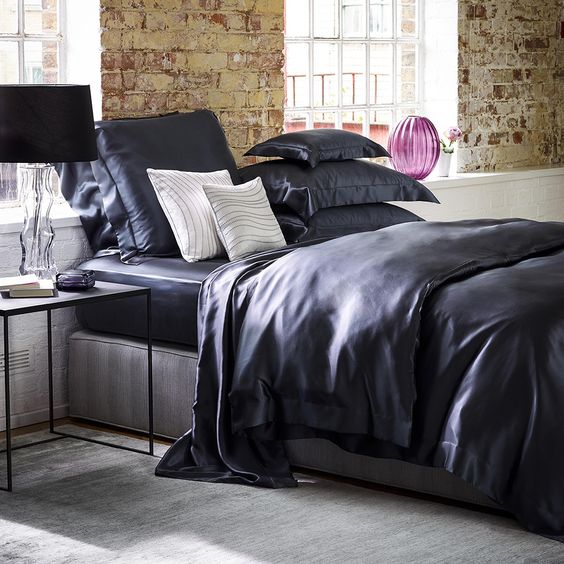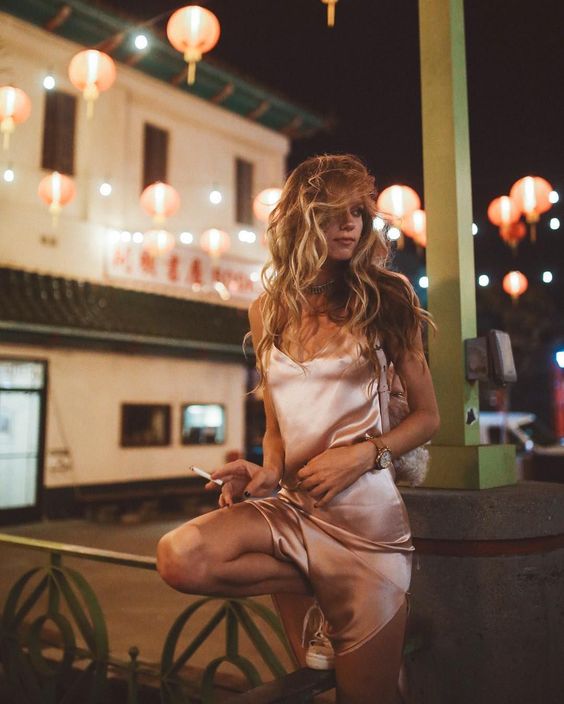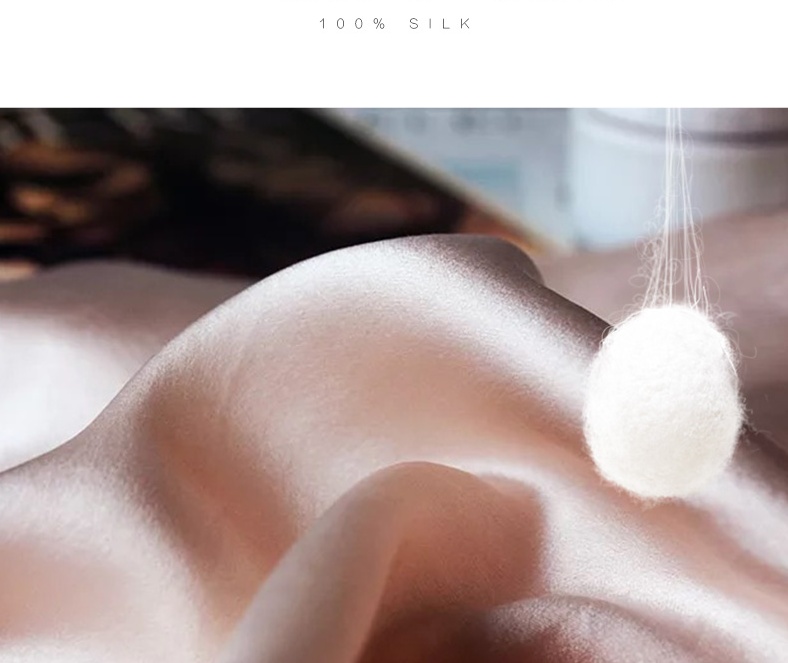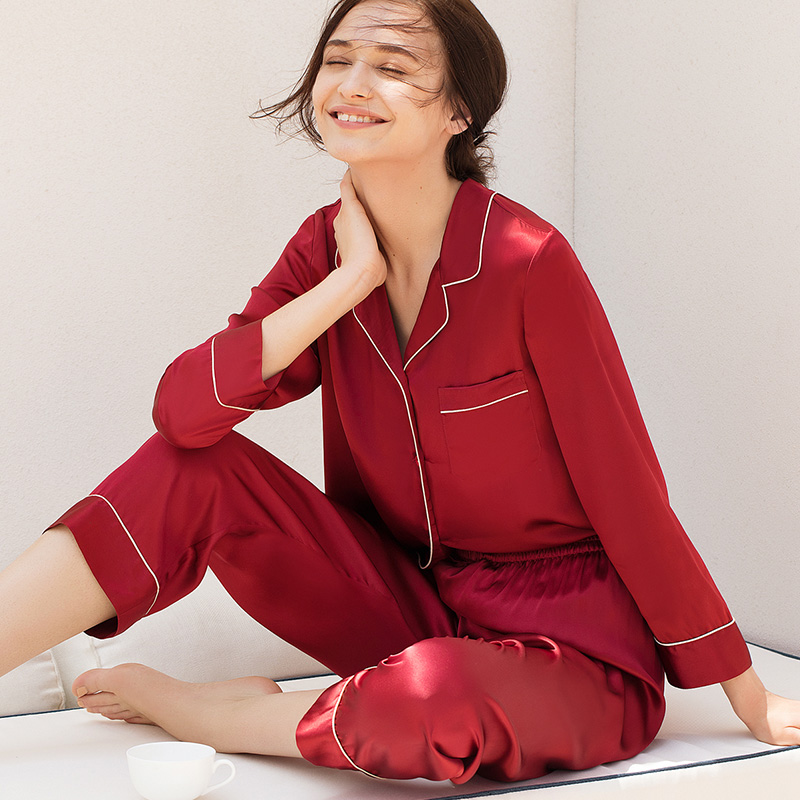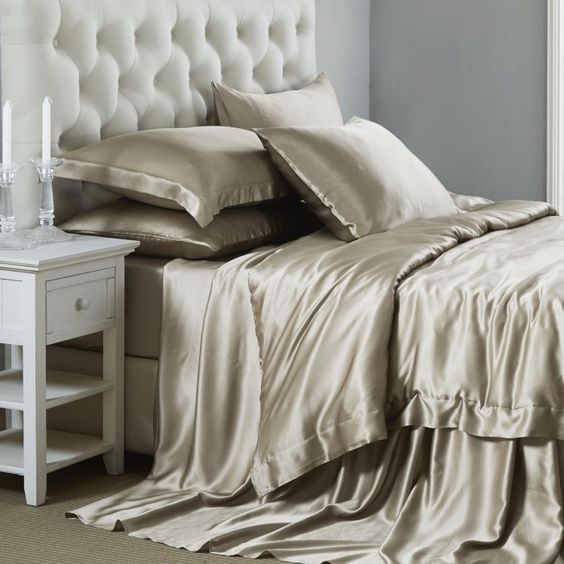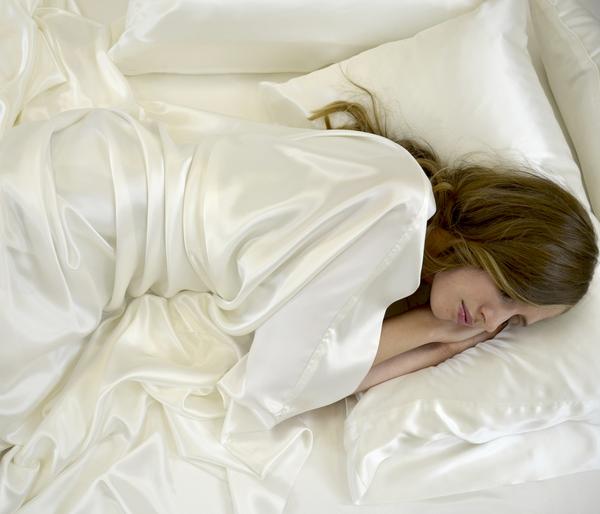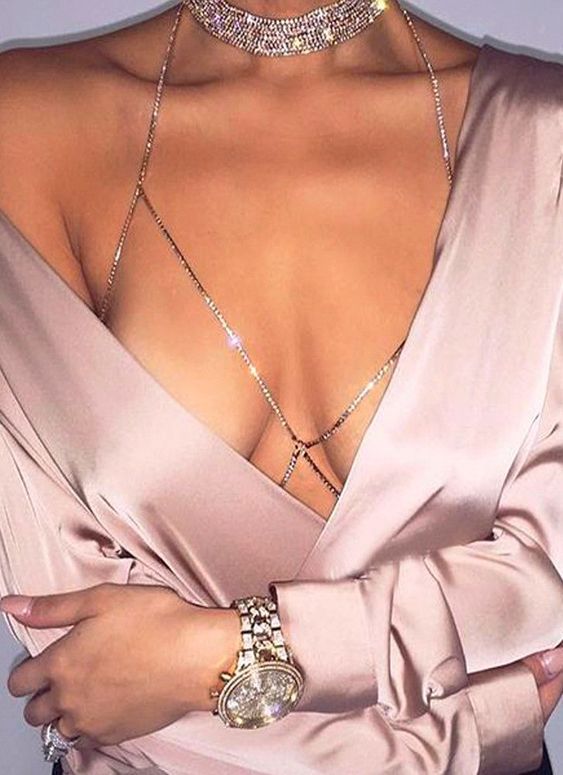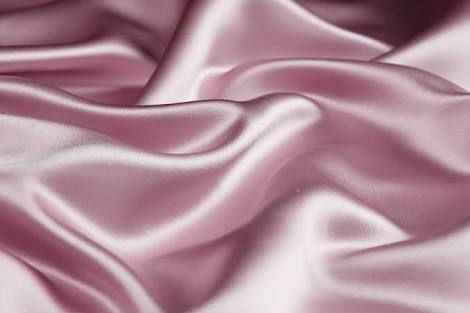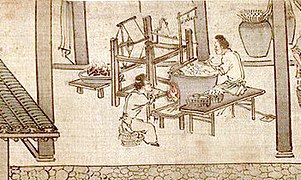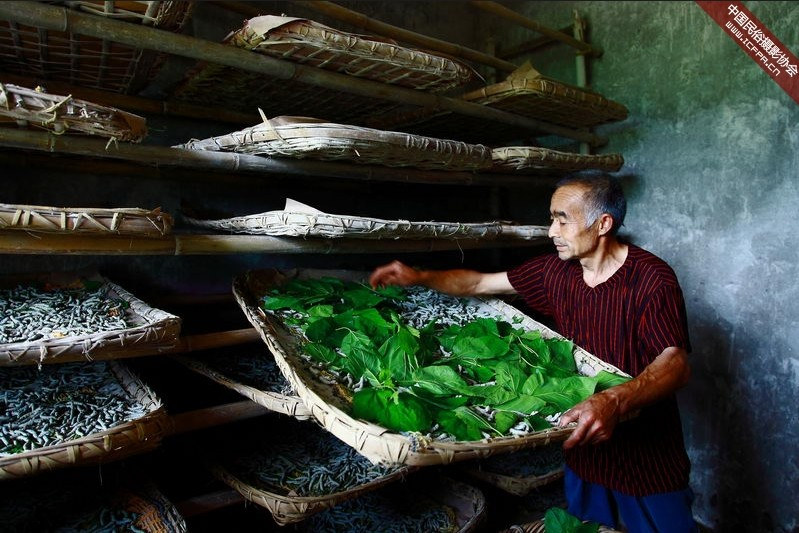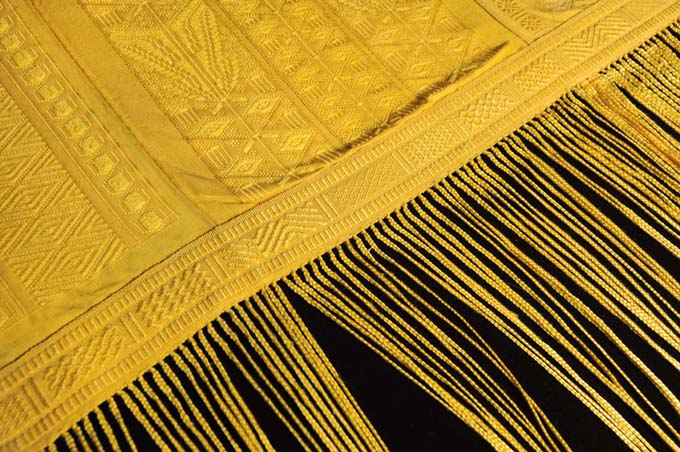Insomnia can be caused by psychiatric and medical conditions, unhealthy sleep habits, specific substances, and/or certain biological factors.
The sad truth is, most people experience sleeplessness at some point during their lives. But what is the difference between a restless night and insomnia?
Insomnia is a sleep disorder, where the sufferer regularly has problems falling asleep, or remaining asleep throughout the night. Symptoms of insomnia include finding it hard to fall asleep even though you’re feeling tired and unexplained waking during the night or early in the morning. This in turn makes it hard to function properly during the day.
You may wear the same pajamas year-round.
You may choose high quality of silk pajama set.
What you wear matters, even while you sleep. Your body temperature plays a part in your sleep cycle—a slight drop in temperature is what induces sleep.
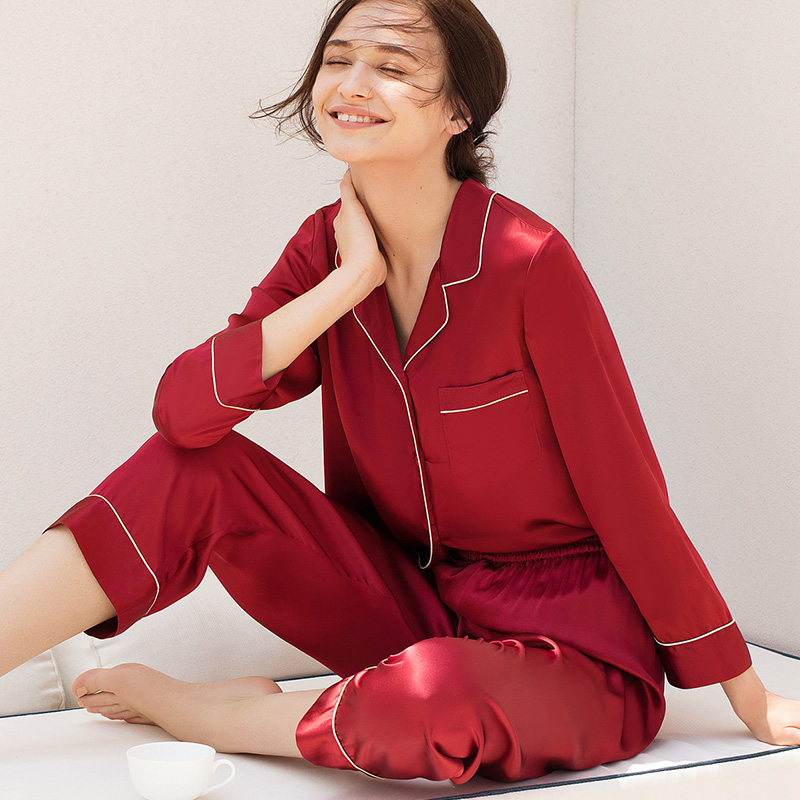
Silk is ideal, because it keeps you warm when you’re cold and cool when you’re hot. If silk is too pricey, try breathable cotton in the warmer months and cozy flannel during the cold.
You sleep in the wrong position.
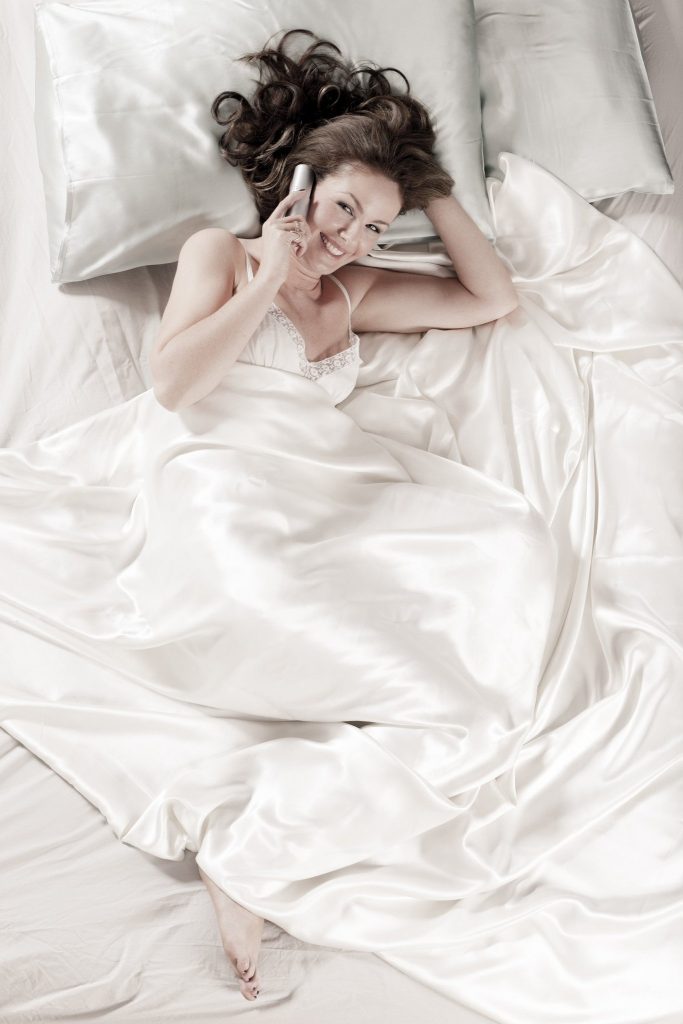
If you try your hardest to sleep on your back because you heard it won’t give you wrinkles, you might end up with bags under your eyes instead.
Sleep posture affects sleep quality and people should stick to what they naturally gravitate toward
Certain conditions do call for a specific sleeping position that might not be natural but could still help you sleep better. And silk beddings may help you in this problem.
You’ve had the same beddings for years
It’s time for you to change you bedding set now.
The National Sleep Foundation recommends replacing your mattress about every eight years. If you’ve lost track of time, check for worn or sagging spots in the middle or at the edges; these signal it’s time for a change.



